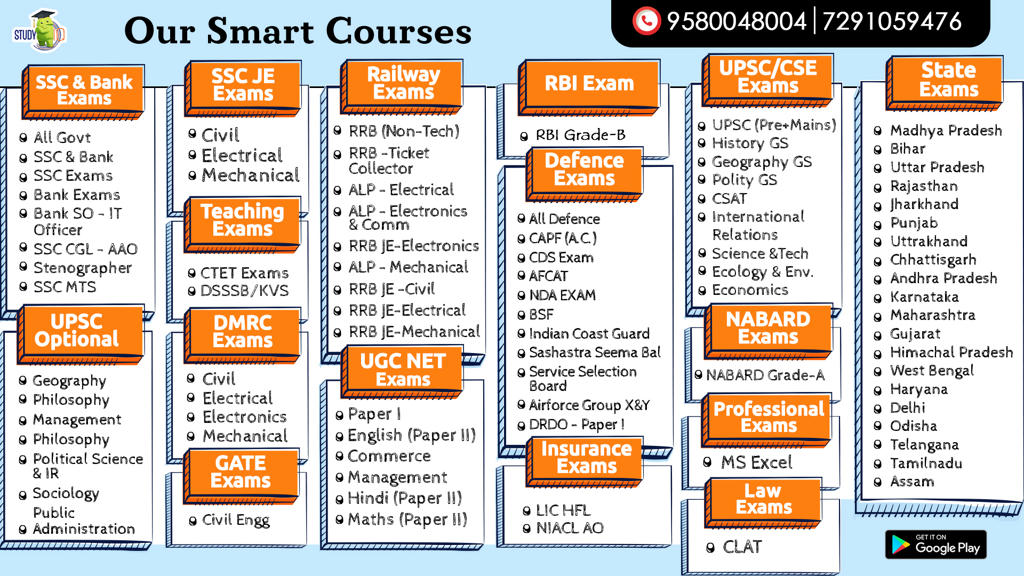Table of Contents
INTERVIEW
- The last two weeks have seen a string of encouraging results from coronavirus vaccine trials. What do these findings mean, what questions remain, and what does India need for a mass vaccination exercise?
- One of India’s leading medical scientists, DR GAGANDEEP KANG, addresses these issues in an interview to PRABHA RAGHAVAN.
How surprising are the findings announced by Pfizer, Moderna and Russia that their respective vaccines have over 90 efficacy%?
- All these vaccines offering protection at a high level was surprising because, with mucosal infections, you usually see less protection than for infections at other sites. Influenza vaccines, in a good season, offer about 60%, and this can be much lower when the strains are not matched.
- If we look at enteric (intestinal) infection vaccines, they can be 85-90% protective, but not in all parts of the world.
What does it mean to have an efficacy rate of over 90%?
- Let’s start with a very simple design, which is a 1:1 randomisation. This means half the people will get the vaccine and the other half will get a placebo.
- If we’re looking at a vaccine trial with 20,000 people in this design, 10,000 would be vaccinated and 10,000 would not.
What do these results say about the effectiveness of targeting the virus’s spike protein?
- The fact that we have two, maybe three, vaccines based on the spike protein that are working, and that they are on different platforms, is encouraging.
- The understanding was that, because the spike is responsible for attachment to the cell, if there was a way that we could block the spike, then that would allow us to be protected from infection.
- So, given that we now have data showing three vaccines based on the spike protein that are working, it’s likely we will also have other vaccines that are able to deliver the spike on any platform that will also work.
Earlier, experts said a vaccine with 60-70% efficacy was desirable. How desirable is this cut-off now?
- If you have 90% efficacy, and it lasts six months versus having 60% efficacy that lasts 10 years, which one would you pick? We can’t make decisions based on press releases. It’s encouraging information, but we have to wait for the full datasets, analyse them, and then decide how we want to move forward.
- It is about the performance characteristics of the vaccine and the goals you are trying to achieve.
The Pfizer and Moderna vaccines don’t seem feasible for developing countries. What sort of vaccine would be better suited for India?
- A good vaccine for India is an affordable vaccine that can be made in large numbers and delivered easily — preferably as a single dose. It should give long-term protection — I would like lifetime protection.
- We don’t know this will happen, but one dose eases the burden on the immunisation programme, because you don’t have the problem of needing to track the person down for the second dose.
Do any strong contenders fit the bill?
- There are many companies working on different vectored vaccines — measles, VSV — that have the potential to be single-dose vaccines, though they are a bit further behind in development. In any case, we should be thinking about second-wave vaccines.
- Given the results we are seeing with spike protein here with an RNA vaccine, it’s feasible that, even if we had protein vaccines with an adjuvant, they would work equally well.
How soon can a first-wave Covid-19 vaccine be realistically expected in India
- The first-wave vaccines that are going to come out quicker than others [globally] are the two mRNA candidates and probably AstraZeneca’s.
- Concerning ramping up of manufacturing with AstraZeneca — though we’ve heard about how they’re going to make hundreds of millions of doses (of Covishield) — [Serum Institute of India CEO] Adar Poonawalla said this month we have 40 million doses and, in subsequent months, we will have more. That’s not the message we got 3-4 months ago, when we were told about hundreds of millions of doses being made every month.
Are vials and syringes still an issue?
- Yes, they are. Particularly, if you have a need for cryo-vials, then you need special kinds of glass.
- I’ve mentioned auto-disabled syringes before, and that is a rate limiting — not for manufacturers, but for the immunisation programme. Glass vials certainly are (a challenge), but I don’t know whether there are even enough rubber stoppers and the aluminum foil that goes on top of these injection vials. Those are significant issues. And then, if you are going to have vaccine vial monitors (VVMs) to monitor the temperature of vaccines and excursions — those little printed stickers — there’s only one company in the world authorized to make them. Companies using VVMs will have to get in line for them.
What new challenges does this pandemic present in vaccine development?
- Right now, we don’t know, because we haven’t made large batches of vaccines with the newer technologies. So, it’s very hard to say that it’s going to work, and even with the older technologies, every programme of manufacturing has to be optimised. That’s why what are called Chemistry Manufacturing Controls are very important for regulators.
- We talk about clinical efficacy all the time, but the process of vaccine development, assessment of the vaccine quality also is a long process vaccine manufacturers undertake, and every programme is different. Even if you’re using the same platform to make a new vaccine, you can use your learning for prior experience, but the tweaking will have to be individual to that programme.
Latest Burning Issues | Free PDF





















 WhatsApp
WhatsApp